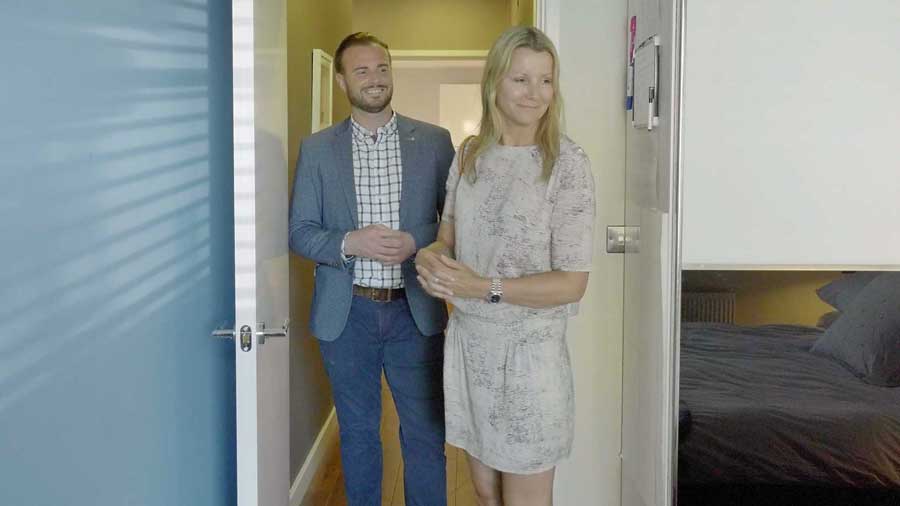A national response to the housing crisis
The housing sector must work together to offer people in need an alternative to the exhaustive wait for a social home

GROWTH & REGENERATION
Image: Istock

Ninesh Muthiah
Chief Executive, Home Connections
Homelessness is likely to rise due to a combination of factors, ranging from COVID-19 pandemic-related job losses, to a possible ending of the ban on evictions. As a result, it is vital that social housing professionals come together to make full use of the country’s social housing stock.
Since founding the national mobility scheme Homefinder UK in 2013, I am acutely aware of how the shortage of affordable homes across the country impacts thousands of families. Exhausted young families cramped into one and two-bed temporary accommodation; young men and women desperate to end the instability of sofa surfing and all its vulnerabilities; those with no other option but to resort to rough sleeping.
People approach Homefinder UK as their last hope for rehousing, having been told by their local council that the wait for social housing is 10 years or more. The government’s Social Housing White Paper has once again brought this injustice to light.
The landscape of social housing
The Social Housing White Paper represents a step forward to improve the relationship between social landlords and tenants. However, it is also a missed opportunity to address the real problem: the lack of a robust social housing building programme delivering hundreds of thousands of homes per year. The number of social homes in England has declined in the past few decades, while demand for affordable housing has only increased.
In September 2020, the government announced an £11.5 billion Affordable Homes Programme pledging to deliver up to 180,000 new homes across the country from 2021 to 2026, if economic conditions allow.
Unfortunately, this is not enough. A report published by the National Housing Federation last year found that there are nearly 3.8 million in England with a social housing need.
London councils are particularly strained, with the capital accounting for around two-thirds of homelessness in England. A spokesperson for the mayor recently said: “City Hall research found that London needs £4.9 billion every year to deliver the homes the capital requires, but instead we have been allocated just over £4 billion for five years.”
It is doubly surprising that, in a landscape like this, there are still vacant social properties in parts of the country. According to the most recent Government figures released in November 2020, more than 268,000 properties were classed as long-term empty properties. Ours is the only UK public sector national housing mobility scheme open to tenants and homeless applicants alike, as well as those escaping domestic abuse.
Housing crisis: key statistics
£11.5 billion
Affordable Homes Programme announced in September 2020
180,000
new homes pledged under the programme between 2021-2026
3.8 million
people in England with a social housing need
“City Hall research found that London needs £4.9 billion every year to deliver the homes the capital requires, but instead we have been allocated just over £4 billion for five years.”
Offering housing applicants an alternative
Currently, vulnerable housing applicants face a wide range of challenges, including: housing stability; geographical restrictions represented by the need for local connections; and the lack of affordability.
The recent White Paper by Home Connections revealed that people are willing to move out of their local area and restart their life in another part of the country, if they feel empowered and supported when making that choice.
One mover through our national mobility scheme said of the move: “The security we have is worth more than words can express.” Another stated: “After seven years in temporary accommodation, our council was about to discharge us into the Private Rented Sector as there was no housing available, so I’m so glad to have finally found my forever home through Homefinder UK! They have been a lifeline for us. I will forever be grateful!”
While we undoubtedly need more affordable housing across the UK, national and local governments must consider other avenues to the exhaustive wait for social housing in high-demand areas. It starts by using the tools available right now. By better use of the available housing stock, we can link supply and demand, providing not just a roof, but a fresh start for those in housing need.


